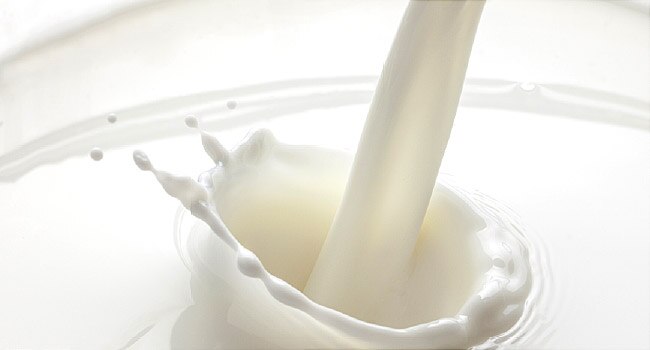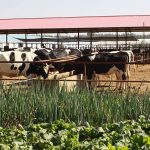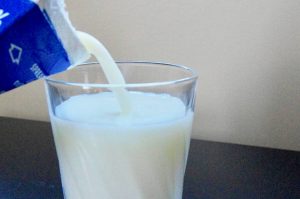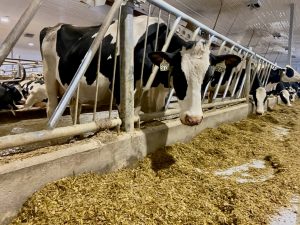
Dairy alternatives such as rice milk, soy milk, oat milk, almond milk, cashew milk, coconut milk, and even hemp milk are no longer confined to the dusty shelves of speciality food and health stores. They can be found in most grocery stores and coffee shops and their widespread appeal certainly spells trouble for the dairy industry.
Dairy supply management in Canada uses quotas to help ensure production and supply matches consumer demand. However, recent trade deals signed with Asia and Europe allows more dairy products to enter the Canadian market, tariff-free. These measures created a breach in our supply management system, which is why the federal government opted to throw nearly $2 billion over eight years at dairy farmers. But the real menace may be on the domestic front, with consumers clearly longing for choice.
Alternatives will likely chip away at some of our dairy industry’s market share. As domestic demand for milk and dairy products drop, so will the number of farms and processing plants. In fact, Saputo recently announced the closure of two plants, one in New Brunswick and the other one in Trenton, Ontario. Meanwhile, Canada’s largest dairy cooperative Agropur is facing financial headwinds. Difficult decisions are looming at Agropur and the storyline is all about how the market is flirting with plant-based alternatives.
These dairy alternatives are becoming more popular. Oat milk is a good example. According to Bloomberg Business, retail sales of oat milk in the U.S. soared from US$4.4 million in 2017 to $29 million in 2019, surpassing almond milk as the fastest-growing dairy alternative. The same market reaction is being reported in Canada.
Even if milk scores well on nutrition, these alternatives are gaining traction for two reasons: Their impact on the environment and animal welfare.
An increasing number of consumers are seeing the planet in their glass, or on their plate. A University of Oxford study published in 2018 suggested greenhouse gas emissions used in the production of plant-based milks are lower than for dairy milk. The study, however, does not consider the energy required to get products on shelves. Almond milk sold in Canada, for example, can be taxing on the environment because we don’t produce almonds.
The other hot-button issue is animal welfare. Most Canadians don’t understand how dairy production works. Why should they? So, it’s a bit jarring if they catch a glimpse at how cows are impregnated, for example. In fact, 24% of Canadians under 39 question the ethics of dairy farming. With Gen Z, that number goes up to 30%, according to a study that will soon be released by Dalhousie University. And these numbers are unlikely to drop anytime soon. The dairy industry, for all intents and purposes, is slowly being trampled by a wave of consumers who see dairy as one of many options.
To make things even more complicated for our dairy sector, lab grown proteins could become a reality at some point. Some lab grown milk and dairy products are already being sold in the United States. Only 26% of Canadians would be willing to taste a product made in a laboratory, based on a recent survey. But with clear environmental benefits and no impact on animal rights, lab grown proteins are building a case for themselves.
The Dairy Farmers of Canada is aggressively advertising to show that dairy farming is ethical and responsible. In an era in which consumer choice is becoming the norm, this recent campaign signifies how out of touch dairy farmers are from consumers right now. The unwillingness and inability of dairy farmers to engage in new platforms and mediums, to control the direction of the conversation, is astoundingly short-sighted. The dairy industry has rarely shown any interest in listening to consumers, and the sector is paying for it now.
Dairy farming is in trouble, and our current supply management regime is not helping. The sector’s infatuation with farm gate price fairness needs to give more space to innovative solutions to make milk a pluralistic ingredient. Consumers will always look for things they know, understand and need. Food innovation is about finding the unknown while providing an intuitive, valuable solution to a changing marketplace. So what else can we do with milk?
























